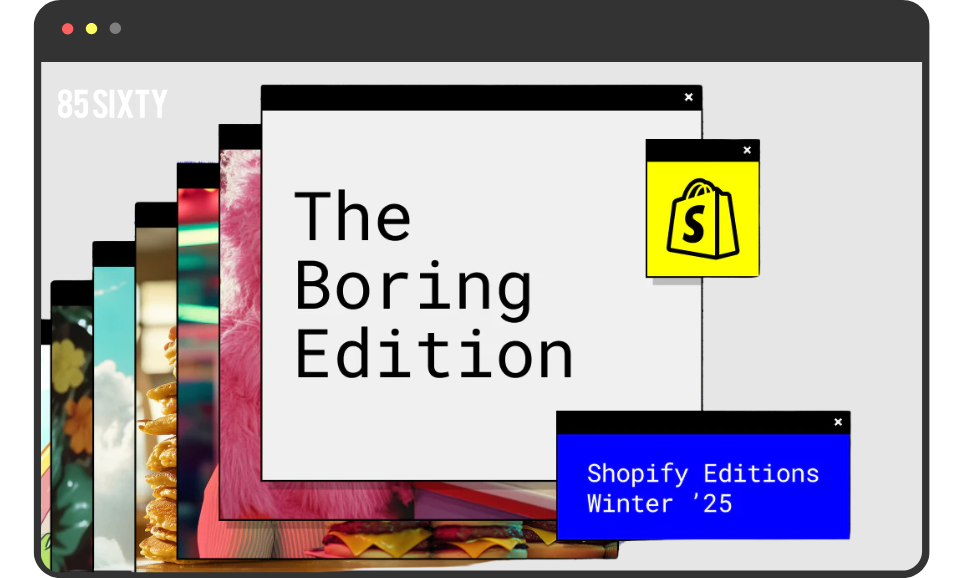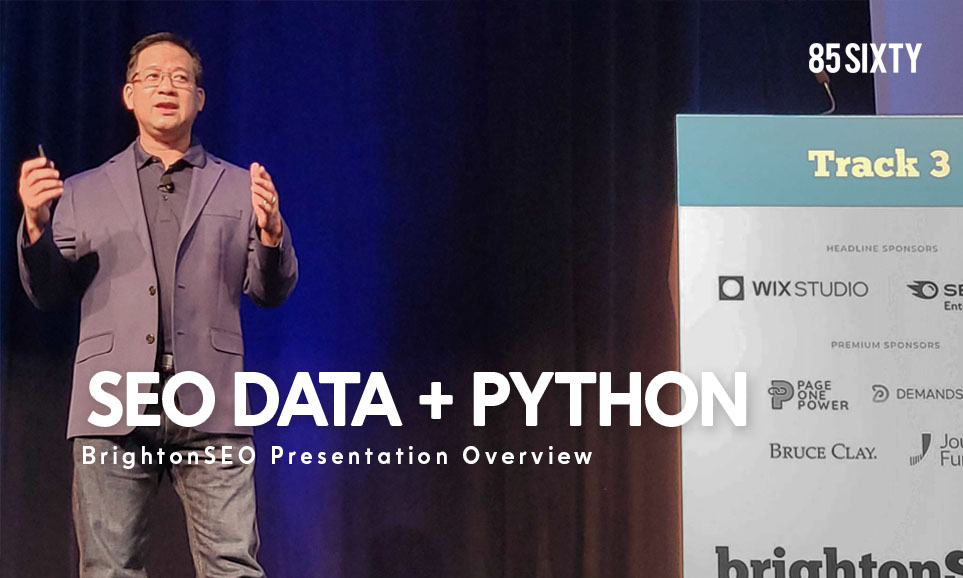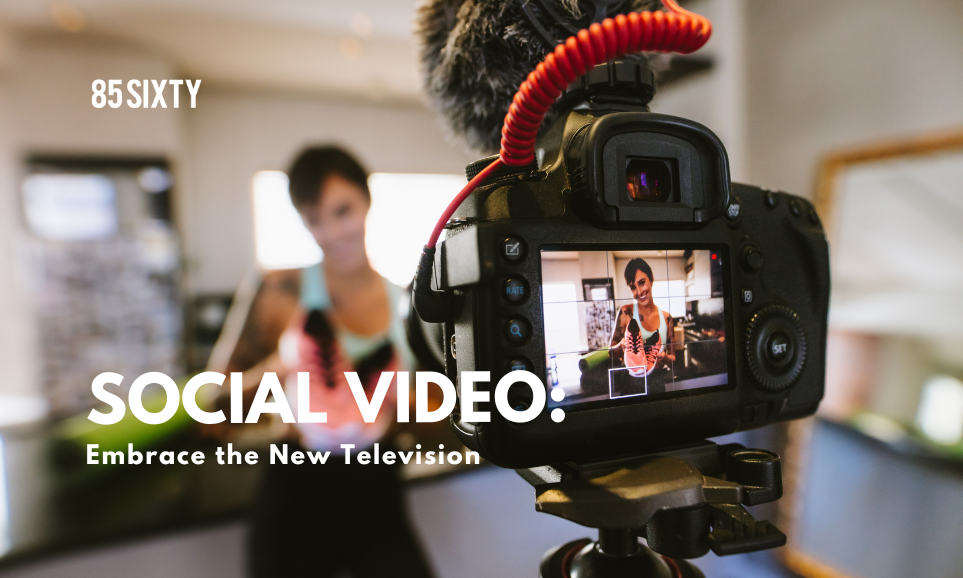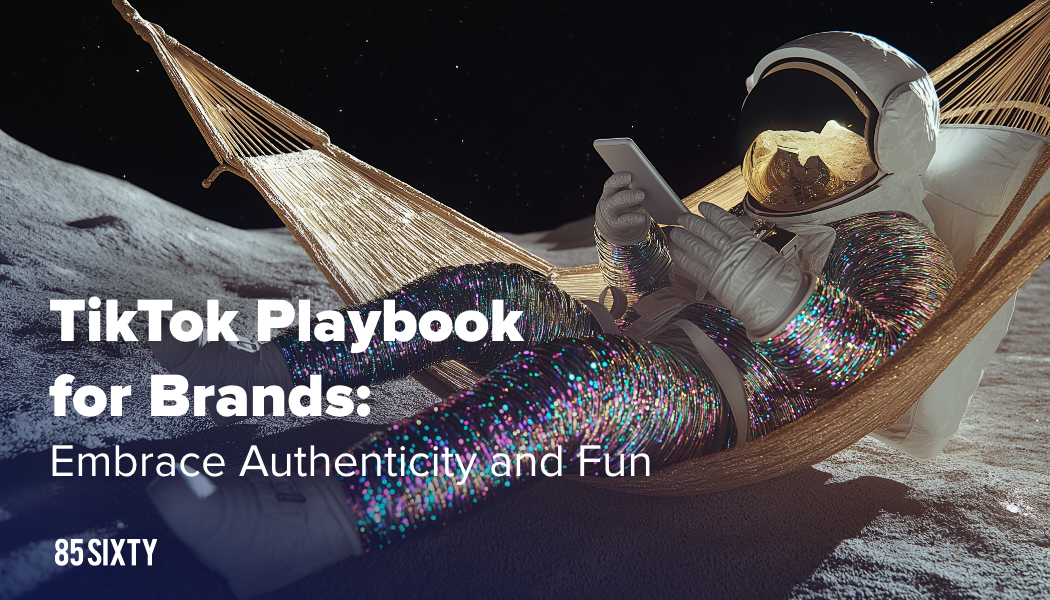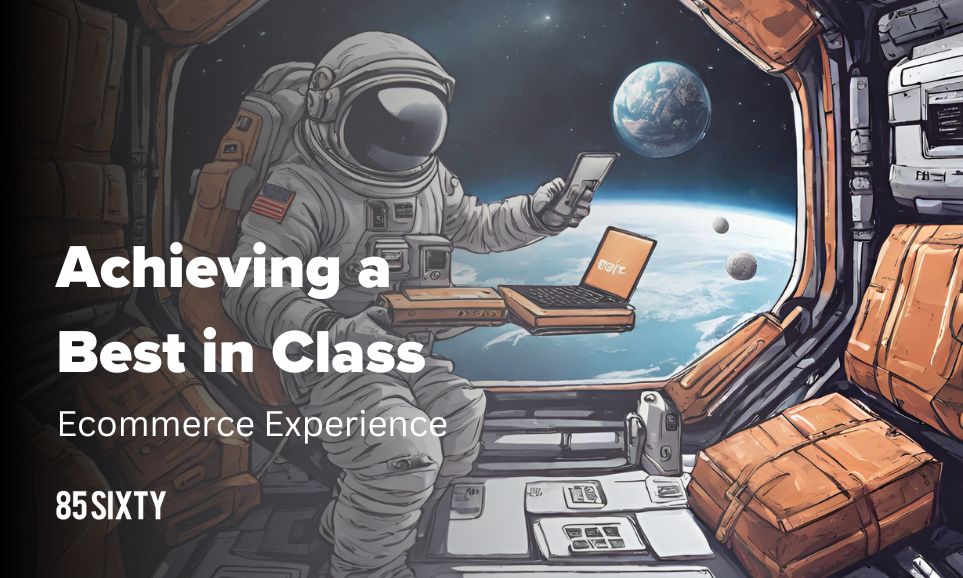
Achieving a Best in Class eCommerce Experience
I get asked all the time about how to achieve the best in class ecommerce experience. It’s a solid aspiration for any company and seemingly everyone wants it. In fact, I’ve never had a prospect or client take me aside and say, “we feel really good about our products, but we really need to aim low here, best in class just isn’t what we’re looking for in this organization”. That sounds pretty silly although this is exactly where a majority of companies act with respect to their priorities and budgets.
So what is best in class anyway? First of all, it’s an ideal, not a destination. You cannot hold on to it or stay there, it’s dynamic and evolves over time. Think of it as a moving target that requires ongoing dedication and investment to hit. In this piece, we reveal how customer experience or “CX” strategies are key to actively pursuing best in class.
CX prioritizes audience research
I’ll be blunt. There is no path to a best in class experience without having a thorough (ongoing) knowledge and application of your primary customers’ motivations and perceptions of value. Good CX strategies make use of customer research and analysis to strategically deliver the right message to the right person at the right time. The goal is to extend the customer life cycle beyond what currently exists and consistently drive Customer Lifetime Value (CLTV).
How well do you truly know your customers? When was the last time (if ever) that you developed user personas and mapped out their journeys? Tactics like these are foundational and a vital component to achieving revenue potential of a best in class experience.
CX strategy drives effective content
Every piece of content within your experience should be used to drive the user forward in their journey. Once you develop a consistent working knowledge of your audience, a solid CX strategy employs that knowledge to create and present meaningful and effective content. Online shoppers are more visual than ever before and require bite sized information they can easily skim through, usually forming an opinion in less than a second. The importance of getting strategic with content is higher than ever. To explain a bit more, let’s look at some typical examples of ineffective content strategy and their root causes.
Content overload:
This is typically the case when there is little understanding of the audience which results in a lack of prioritization, low-confident messaging, and a throw everything to the wall approach.
Fluffy marketing speak:
Copy for content sake is never ideal. This is a poor use of real estate and adds length friction that may actually detract from the user journey. Oh, and people don’t like it.
Lack of relevant value:
Content that does not resonate with at least some of your audience or create curiosity to engage is a waste of space. A thorough understanding of value resonance is required to create relevant content. For example, you should know what the top product or service benefits are for each of your target customer segments.
Does not match user motivation:
Basically, if a user clicks on a link for red apples, the first thing they should see is red apples, not yellow or green apples. This seems intuitive although a deeper understanding of this concept will prove the need for customer research into motivation. We see mismatched motivation throughout a user journey because there is a lack of audience knowledge.
Apply what you learn
One commonality with ineffective content is little or no connection to the audience. CX strategy is focused on learning and applying audience insights into a content strategy that drives the user journey and customer lifecycle forward.
CX strategy is grounded in science

Best in class means taking a scientific approach and identifying what content is meaningful and what is not. This involves measuring how users behave as a result of being exposed to content. Conversion Rate Optimization is the process of learning how your audience responds to the experience you have presented and using that to foster continuous improvement. A website audience is the greatest market research tool available, achieving best in class is not possible without utilizing it. Once you have developed a CX strategy around your audience research, the logical next step is to validate your learnings through testing.
For example: audience research shows that your most loyal customers significantly value the quality of your products. Test incorporating content that speaks directly to product quality. Testing allows you to validate assumptions into revenue driving tactics across all customer touchpoints.
Continuous iterative improvements through research and testing are the key to hitting that moving target we call best in class.
CX Program - Putting it all together

Remember that best in class is an ideal, not a destination. The foundation for success is built on continuous investment in a solid CX program and organizational buy-in from top to bottom. We barely touched the surface in this piece however CX influences precise strategies for content creation and management, development, analytics, go to market approach, marketing, and experimentation. All of these components are crucial although the CX strategy is the foundation that connects everything together. The ability to truly personalize product offerings and content also requires a foundation built on solid CX practices.
Are you looking to achieve best in class? At 85SIXTY, we drive our clients towards these outcomes everyday. Contact us if you would like to learn more about our CX programs, we’re ready to help you get started!
